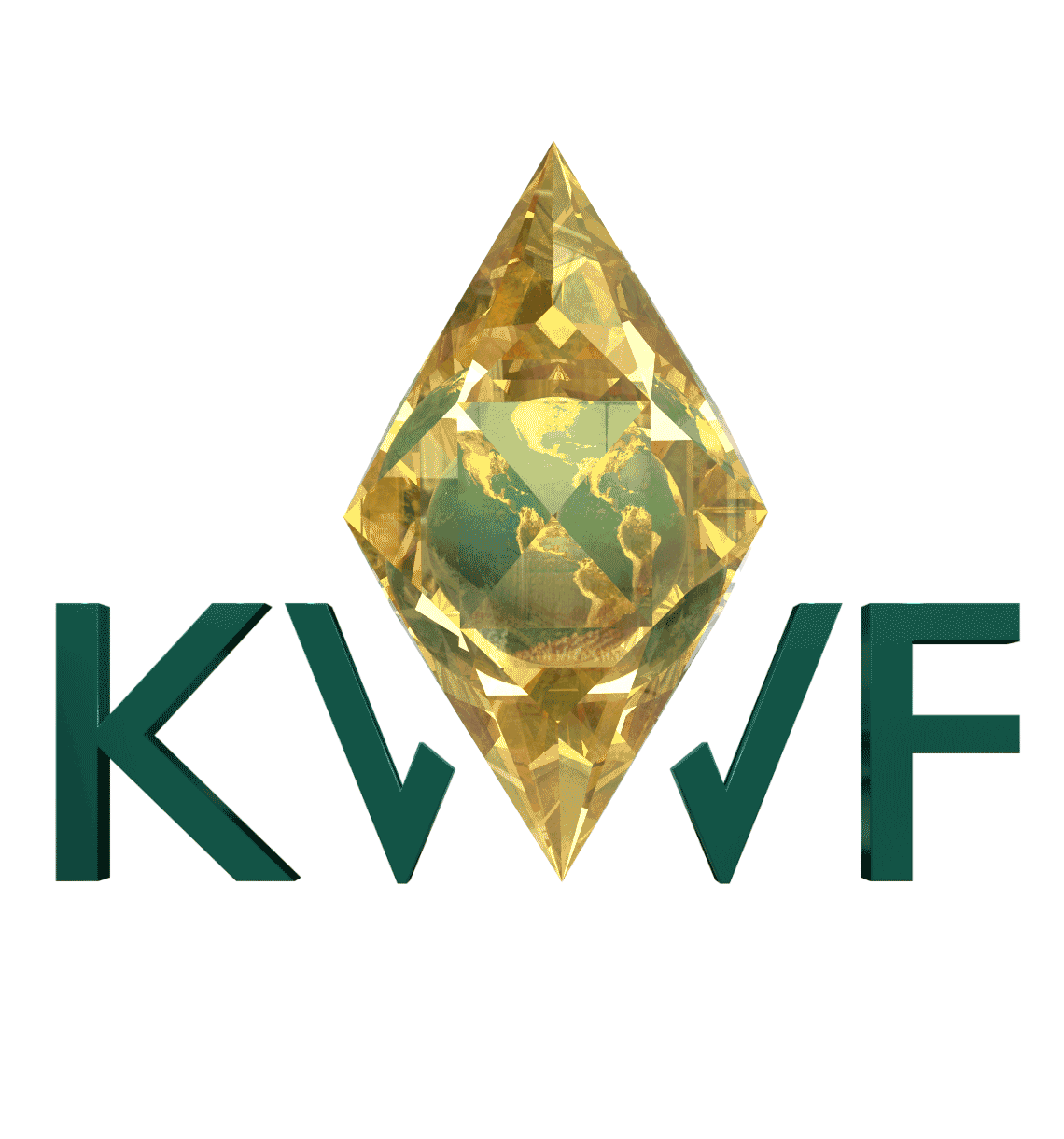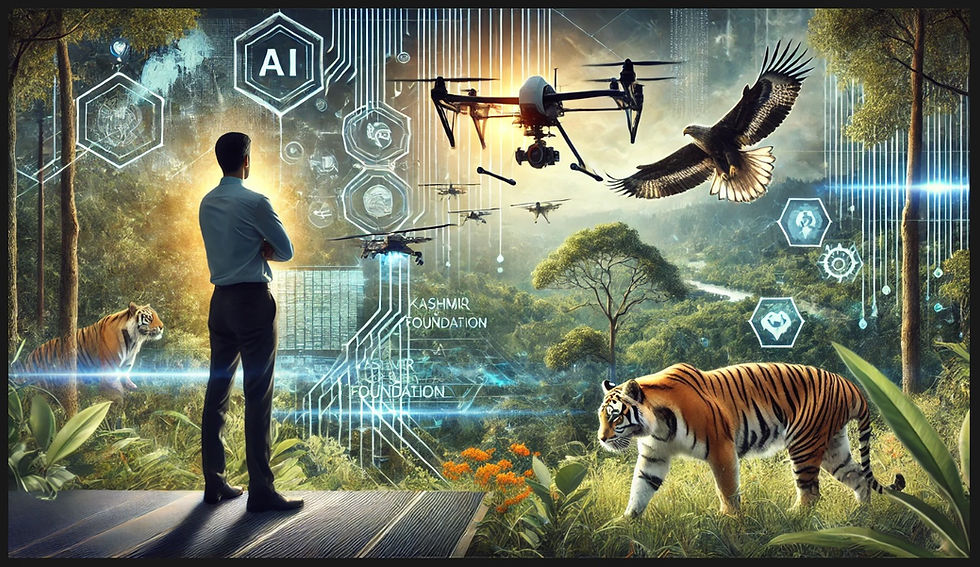Immersive Learning Expedition
- Kashmir World Foundation

- Mar 31, 2017
- 2 min read

Increased efficiency and effectiveness of Unmanned Aerial Systems (UAS) technology has finally brought drone design, fabrication and operation within the reach of conservationists. Kashmir World Foundation (KwF) is a world leader in the application of embedded systems with microprocessors distributed throughout a UAS to achieve a very high degree of autonomy. Kashmir Robotics is the science & technology division of KwF. Through the support of the Technology Assisted Counter Poaching (TACP) - Network of scientists and engineers from around the world, Kashmir Robotics ideas are supported with the most advanced technical skills and resources. Kashmir-Robotics enables conservationists on mission focused applications, through the Fly for Conservation workshops, they learn to build and operate custom UAS for exploration and protection of diverse species and habitats.

In June 2016, KwF and Georgia Southern University Sea Turtle Program at St. Catherines Island (GSUSTP@SCI) announced a partnership with a mission to collaborate on developing emerging technology solutions to real-world issues in research, education, and training for sea turtle conservation. The partnership opened communication between conservationists from the GSUSTP@SCI and technology specialists from Kashmir Robotics (the science and technology division of KwF), in an effort to evolve conservation practices that will be applicable not only for St. Catherines Island, but also for sea turtle programs around the world.
In March 2017, KwF and GSUSTP@SCI hosted an expedition on St. Catherines Island that brought together scientists, engineers, conservationists, educators, and students, for a 5-day fully immersive program building, testing and demonstrating UAS for education, research and conservation. ‘Fly for Conservation Expedition 001 on SCI,” included participants from the Georgia Sea Turtle Center and Smith College along with those from KwF and GSUSTP@SCI.

KwF engineers and conservationists from a variety of fields presented and discussed the value of custom autonomous drones to help overcome longstanding barriers to conservation efforts. Professor Jon Caris, Director of Spatial Analysis Lab and his team of students from Smith College collaborated with KwF engineers and GSUSTP@SCI conservationists to learn about drone technology with a focus on 3D mapping and image analysis to contribute to ongoing drone research by KwF with GSUSTP@SCI. Students were provided with additional opportunities to map and image other areas on the island including terrapin tortoise burrows, diamondback turtles, archeological sites, dynamic beach systems, impacts from hurricane Matthew, and other flora and fauna habitats and ecosystems.

Jaynie L. Gaskin, the Executive Director of the Georgia Southern University Sea Turtle Program at St. Catherines Island and Dr. Terry Norton the Director, Veterinarian, and Founder of the Georgia Sea Turtle Center (GSTC) built, programmed and flew a prototype Mishell Defender hexacopter drone. During a test flight, the drone headed off into a Palmetto grove where it crash landed. Using a lost aircraft finder feature, they quickly recovered the aircraft and made the necessary repairs. Soon the Mishell Defender will be integrated with sensors, processors, and advanced communications to enable detection, monitoring, and characterization of sea turtle nests.

St. Catherines Island provides an ideal venue for testing UAS solutions to real world issues in research, education, and training for sea turtle conservation -- solutions that can be adapted and optimized for application world-wide.





Comments